Health & Nutrition CCT
Health Support That’s Changing Futures For Banadir Mothers
Overview
Each household receives US$20 per month, disbursed quarterly over a period of three years. The goal is to reduce chronic poverty, enhance household resilience, and strengthen human capital through improved access to food, health, and education.
How the Program Works

Intevention by Baxnaano
- Village barazas, mosque announcements, and local radio broadcasts to inform households.
- Door-to-door campaigns to ensure inclusivity and transparency.
- Use of visual and audio materials for low-literacy communities.
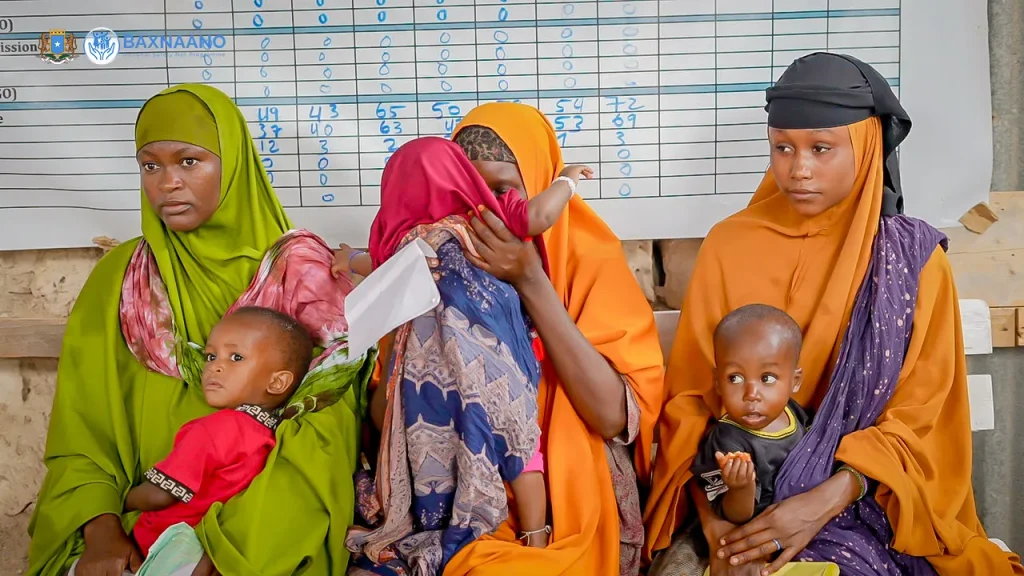
Intevention by Baxnaano
- Proxy Means Test (PMT) evaluates housing, assets, and demographic factors.
- Enumerators collect data digitally, ensuring efficiency and accuracy.
- Community validation and database cross-checks prevent duplication and exclusion.
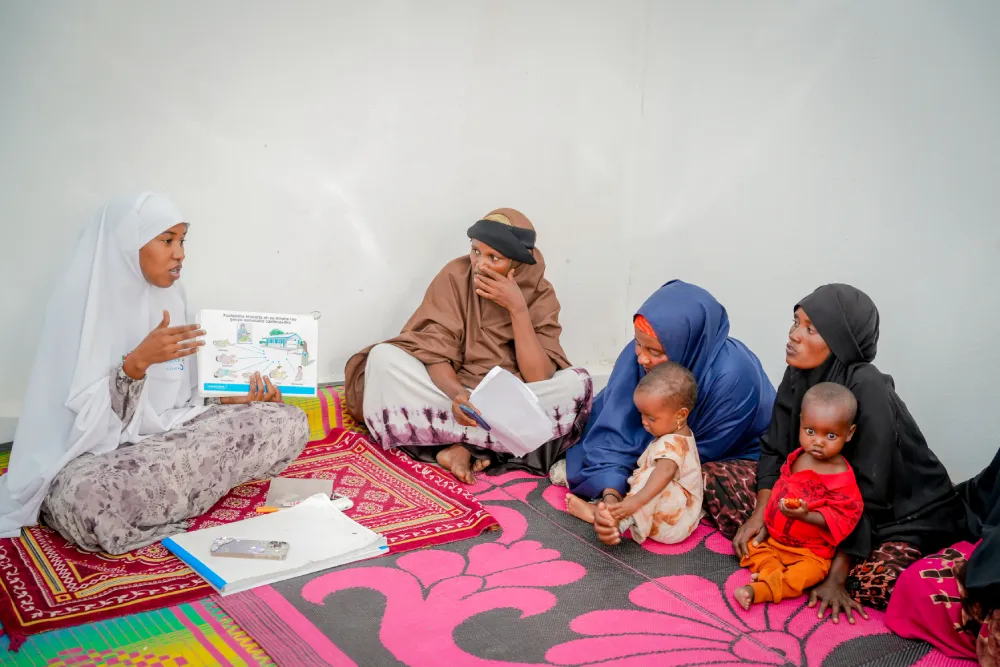
Intevention by Baxnaano
- Support mobilization and monitoring
- Receive training on program principles and accountability.
- Play a key role in grievance redress and feedback collection.
Beneficiaries receive US$20 monthly (paid quarterly) through mobile money, bank agents, or CT centers.
Each household is registered and issued a program ID or biometric profile to ensure secure delivery.
Payments are made only after verification and are accompanied by receipts and payment schedules for transparency.
Beneficiary Journey
| Step | Description |
|---|---|
| 1. Information & Screening | Communities receive clear communication about eligibility and process. |
| 2. Targeting & Verification | Data collected via PMT and validated by community committees. |
| 3. Enrollment | Eligible households register at CT centers and receive ID or card. |
| 4. Payment Delivery | Transfers made every 3 months through secure, digital channels. |
| 5. Feedback & Grievance Redress | Beneficiaries can report issues via helpline, SMS, or local committees. |
| 6. Exit & Graduation | Households graduate upon improved income or program completion. |
Accountability and Grievance Redress
Key Channels:
Toll-Free Helplines
Beneficiaries can raise complaints, request information, or seek help directly without any cost.
Help Desks and Suggestion Boxes
Available at Cash Transfer (CT) centers to handle in-person queries and collect feedback.
Local Grievance Committees
Community-level bodies that review and resolve complaints within 14 days, ensuring fairness and accountability at the local level.
Continuous Feedback and Learning
Key Feedback Mechanisms:
Digital Dashboards
sed to track registration, payments, and grievances in real time.
Community Feedback Surveys
Capture the voices and experiences of households participating in the program.
Quarterly Learning Workshops
Bring together MoLSA, implementing partners, and community representatives to review lessons learned and adjust strategies.
Information, Education & Communication (IEC) Tools
Main IEC Tools:
- Fact Sheets: Simple guides available at CT centers and local offices explaining program objectives, eligibility, and payment procedures.
- IVR & SMS Alerts:Voice and text messages keep beneficiaries informed about registration, eligibility, and payment updates.
Example: “Baxnaano: You may be eligible for regular cash support. Visit your nearest Baxnaano center or call our toll-free helpline.”
- Radio and Mosque Announcements: Trusted local voices share key messages to reach rural and low-literacy audiences.
Our Impact In Numbers
50,000
Households Targeted
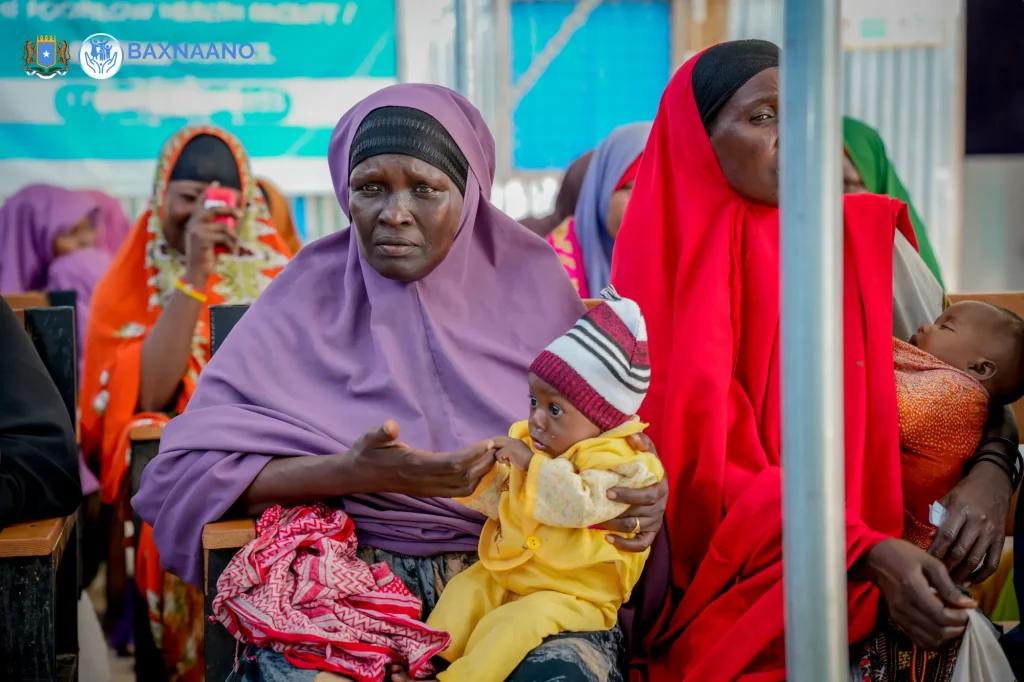
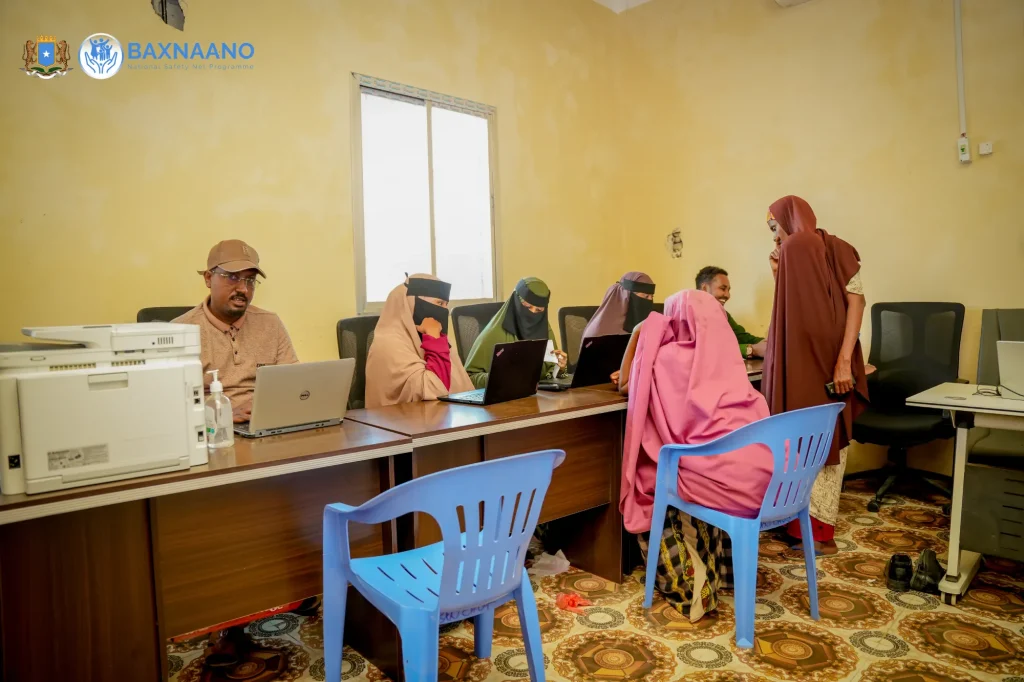
5+
Federal Member States
70%
Awareness achieve
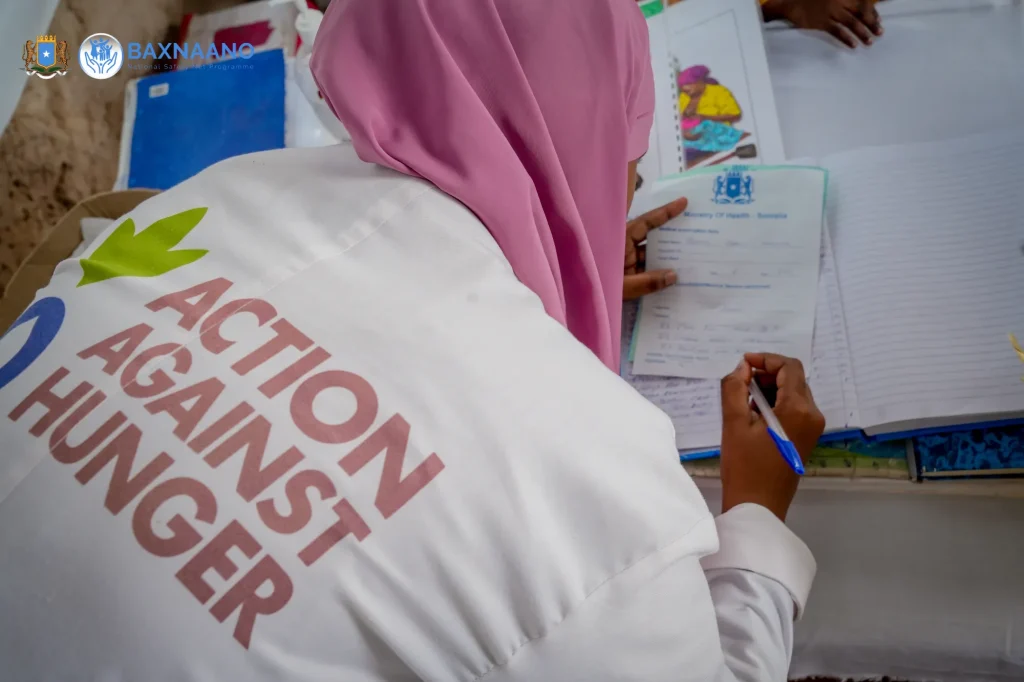
Stories of Change
The cash support helped me buy nutritious food and transport to the health center. My baby now weighs more, and I’ve learned how to keep him healthy
Fatima’s Story –
Jubaland
The cash support helped me buy nutritious food and transport to the health center. My baby now weighs more, and I’ve learned how to keep him healthy
Fatima’s Story –
Jubaland
The cash support helped me buy nutritious food and transport to the health center. My baby now weighs more, and I’ve learned how to keep him healthy
Fatima’s Story –
Jubaland
FAQS
The CCT programme is currently implemented in:
- Deynille District
- Garasbaaley District
The Ministry of Labour and Social Affairs works in close collaboration with the Banadir Regional Authority (BRA) and the Ministry of Health (MoH) to support the provision of health services and overall programme delivery.
Pregnant women and lactating mothers with children under 18 months.
Beneficiaries are identified through the Unified Social Registry (USR), a national database that collects information on vulnerable households. This database is used to assess who qualifies for different types of support, including Baxnaano.
Households in the USR are ranked using a tool called Proxy Means Testing (PMT). This tool looks at things like:
- The type of house a family lives in.
- The Assets they own
- Their income and employment.
- Whether they have basic services such as clean water.
Based on these factors, the system identifies the poorest families. The process is automatic, with no human interference, which makes it fair and transparent.
To qualify for the quarterly cash transfer of $30, beneficiaries must attend monthly health and nutrition awareness sessions for three consecutive months, delivered by trained health workers. Sessions include:
- Antenatal Care and Postnatal Care (ANC/PNC) check up
- Vaccination of pregnant and lactating women and immunization for children 6-23 months.
- Growth monitoring
- Assessment for acute and moderate malnutrition (MAM/SAM)
- Health and nutrition referrals
- Other services available
At Baxnaano Facilitation Centres (BFCs) located in:
- Deynille District Hospital
- Xarunta Caafimaadka ee Forilow
At the centers, beneficiaries are verified and enrolled into the Social Protection Delivery System (SPDS), which safely records their information. This ensures that:
- Only eligible mothers are registered.
- Health details are correctly captured.
- Payments go to the right person.
- Records are secure and can be updated when needed.
Beneficiaries are required to present:
- Pregnancy verification (for pregnant women).
Birth notes (for children under 18 months).
- Pregnancy verification (for pregnant women).
Birth notes (for children under 18 months).
- The programme is completely free of charge — do not pay anyone for enrolment, health services, or payments.
- No individual has the right to demand money in exchange for access to the programme.
- Official information comes only from the Government of Somalia through SMS, voice calls, or the Baxnaano helpline.
If someone asks you for money, it is fraud. Report it immediately by calling the helpline: 2668.
- Visit the nearest Baxnaano Facilitation Centre (BFC).
Call the toll-free helpline: 2668.
Via mobile money to the phone number registered with the programme.
Through SMS and voice messages, which provide details about enrolment schedules, payment timelines, and facilitation centre locations.
- Ensure your registered phone number is active and has network coverage.
- Check your mobile wallet balance.
If still not received, contact the Baxnaano Helpline: 2668.